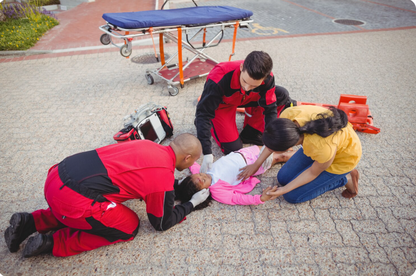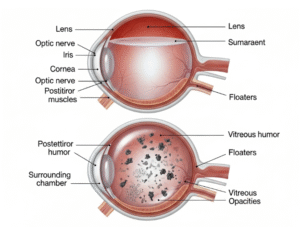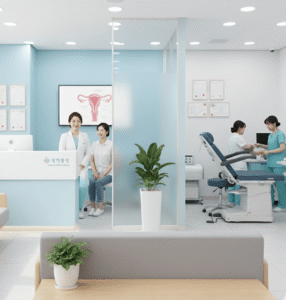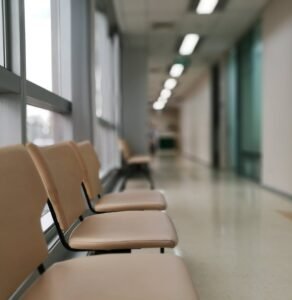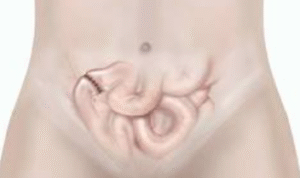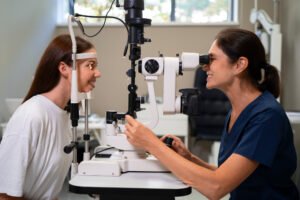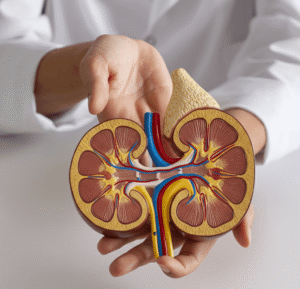What It Is
Seroma evacuation is a procedure to remove fluid buildup that collects under the skin after surgery, particularly common after procedures such as breast surgery, abdominoplasty, liposuction, or implant-based surgeries. A seroma forms when lymphatic fluid accumulates in an empty space (pocket) left after tissue removal or disruption.
In Korea, seroma evacuation is performed by plastic and reconstructive surgeons using needle aspiration, drainage systems, or surgical revision if needed. The goal is to prevent complications such as infection, discomfort, and poor wound healing.
Why It’s Done
Patients undergo seroma evacuation because:
- They notice swelling, fluid-filled lumps, or fluctuant areas after surgery.
- The seroma causes pain, tension, or delayed healing.
- There is a risk of infection or fibrosis if fluid is not drained.
- Seromas can distort surgical results if left untreated.
Good candidates include:
- Patients who develop symptomatic seromas after surgery.
- Individuals in good health without active infection.
- Those seeking to protect cosmetic or reconstructive results.
Alternatives
- Observation: Some very small seromas reabsorb naturally.
- Compression garments: Can help reduce fluid buildup in mild cases.
- No treatment: Not recommended if the seroma is large, painful, or persistent.
Preparation
Before seroma evacuation in Korea, patients will:
- Have an examination and possibly ultrasound to confirm fluid presence.
- Review surgical history and discuss drainage options.
- Follow hygiene and skin preparation instructions before the procedure.
- Stop blood-thinning medications if surgical drainage is required.
How It’s Done
- Non-surgical aspiration:
- A sterile needle and syringe are used to aspirate fluid.
- May need to be repeated if fluid re-accumulates.
- Drain placement:
- A temporary surgical drain may be inserted if the seroma is large or recurrent.
- Surgical revision:
- For chronic or encapsulated seromas, the pocket may be surgically opened, scar tissue removed, and drains placed.
- Duration: Simple aspiration takes 10–20 minutes; surgical revision may take 1–2 hours.
Recovery
- After aspiration, mild soreness may last 1–2 days.
- Compression garments are usually worn to prevent recurrence.
- Light activities can resume immediately after aspiration; more downtime is needed for surgical revision.
- Follow-up visits are required to monitor fluid buildup.
Possible Complications
- Recurrence of seroma requiring repeat drainage.
- Infection at the aspiration or surgical site.
- Hematoma (blood collection).
- Pain or scarring from repeated interventions.
- Rare risks: capsule formation around chronic seromas.
Treatment Options in Korea
Diagnosis
- Physical exam and palpation of swelling.
- Ultrasound imaging to confirm seroma presence and size.
Medical Treatments
- Observation for very small seromas.
- Compression garments to limit fluid accumulation.
Surgical or Advanced Therapies
- Needle aspiration for small to moderate seromas.
- Drain placement for recurrent or large seromas.
- Surgical excision of capsule for chronic seromas.
- Combination with scar revision or contour correction if cosmetic results are affected.
Rehabilitation and Support
- Regular follow-ups to check for fluid re-accumulation.
- Proper use of compression garments.
- Scar management if surgical revision is performed.
- International patients benefit from Korea’s advanced surgical safety protocols, precision in cosmetic revision, and close aftercare systems.

